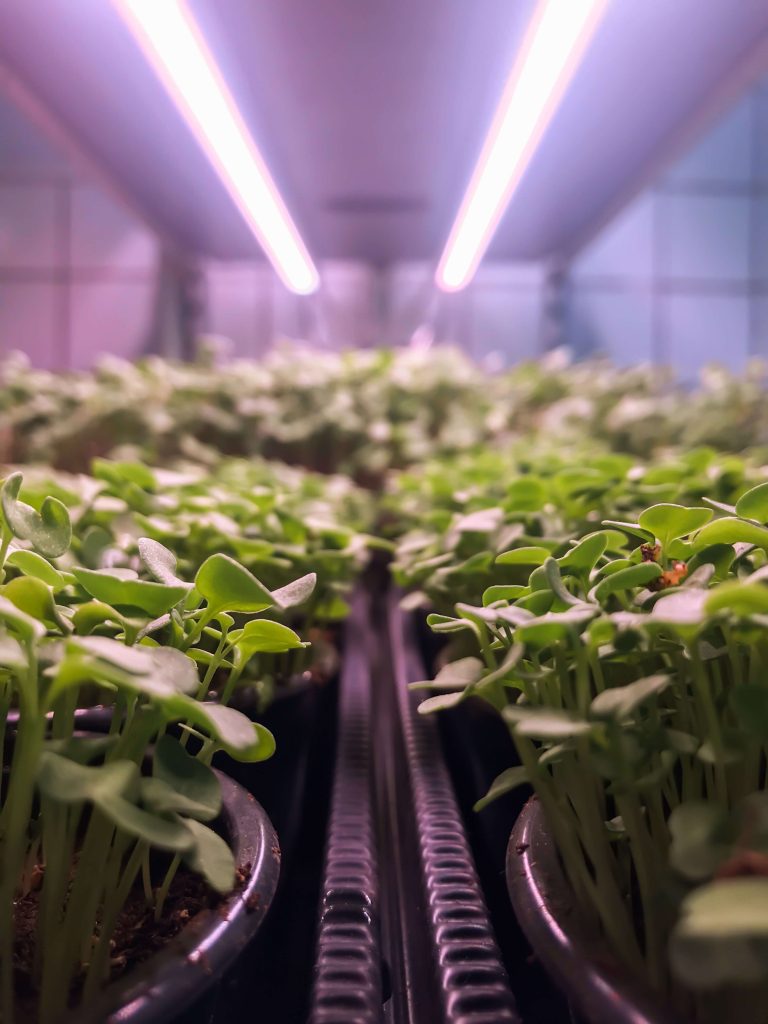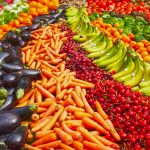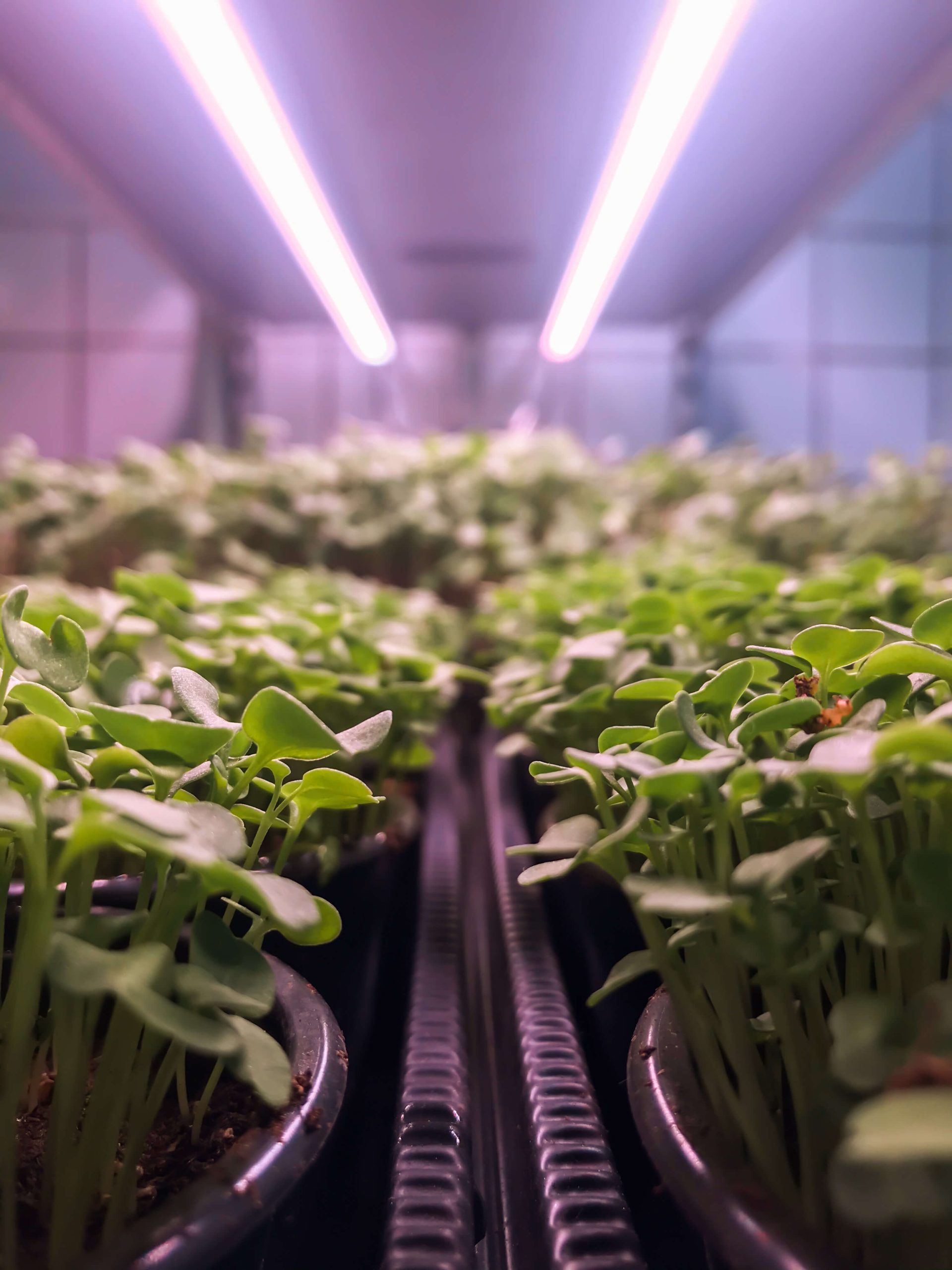
November 14, 2020 – What happens when you give three agronomists and one Excel guy a space of 90 square meters? Believe it or not – a completely eco-based urban indoor farm, Vesela Motika.
Not so long ago, Sergej Lugovic and his colleague Bojan Krnjic started the journey of Urban Farm Solutions. At that time Sergej was a professor at Polytechnic of Zagreb and he often worked with his students on project-based things. They wanted a ready-made growing system to work together on automation, electronics, and software but realized there isn’t any plug and play system for that to buy in Croatia.
As time passed, Sergej and Bojan worked on agriculture systems: on the one hand, they have the software and technological solutions. On the other hand, they have the primary cultivation on their farm. All of that is hidden at the indoor farm on Tresnjevka, which has a long tradition of independent food production in Zagreb; there was a dairy, soy factory, and now Vesela Motika (Happy Hoe).
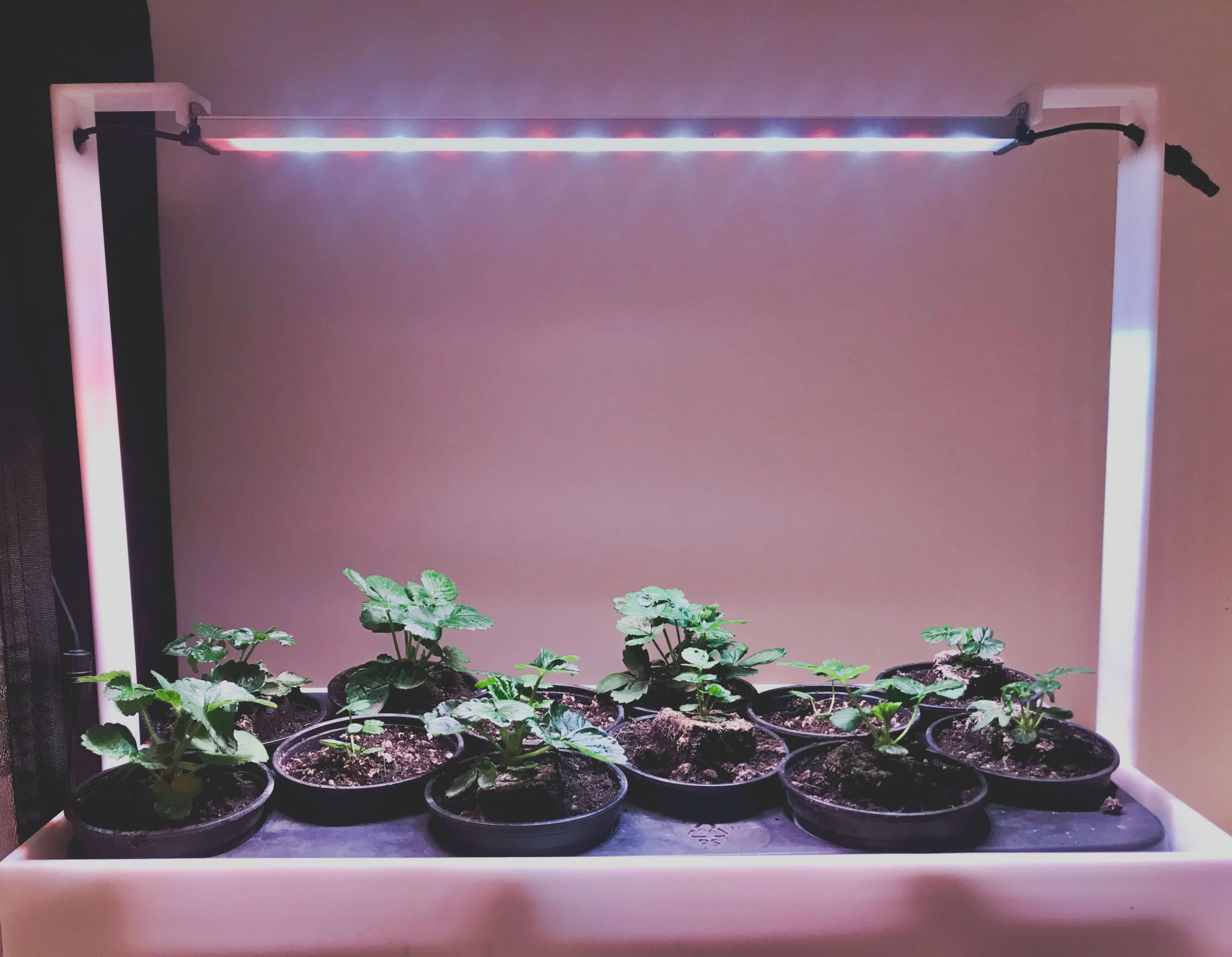
© Vesela Motika
Systems Kostya and Home Garden
They work with primary indoor cultivation of plant crops, equipment development, and complete solutions that are created according to clients’ wishes. System Kostya is industrial-based for conventional agriculture, and it is a vertical system, while Home Garden is more if you want a have plants in your house or office. Except that it has a therapeutic feature – Sergej can calculate what you eat, how much you eat, how much you spend on food, so that you can benefit from that aspect, as well.
“Our thing is hyper-local; we don’t need equipment from I don’t know where because we have the competencies to make them in Croatia. If we could build have the business towers around the world, one of the best guns in the world, the fastest electric car, the best athletes, where are we stuck in other things?”
If you want to grow 2000 seedlings (whose price at the Tresnjevka market is 4 HRK), you need a space of 1.2 meters by 0,6 meters and six floors with shelves for seedlings. This is the Kostya system used in professional agriculture.
Eco seeds are procured from the company Lokvine (near Zagreb). Besides, their entire production is eco: from top nutrients for plants, protection, and substrates to top lighting.
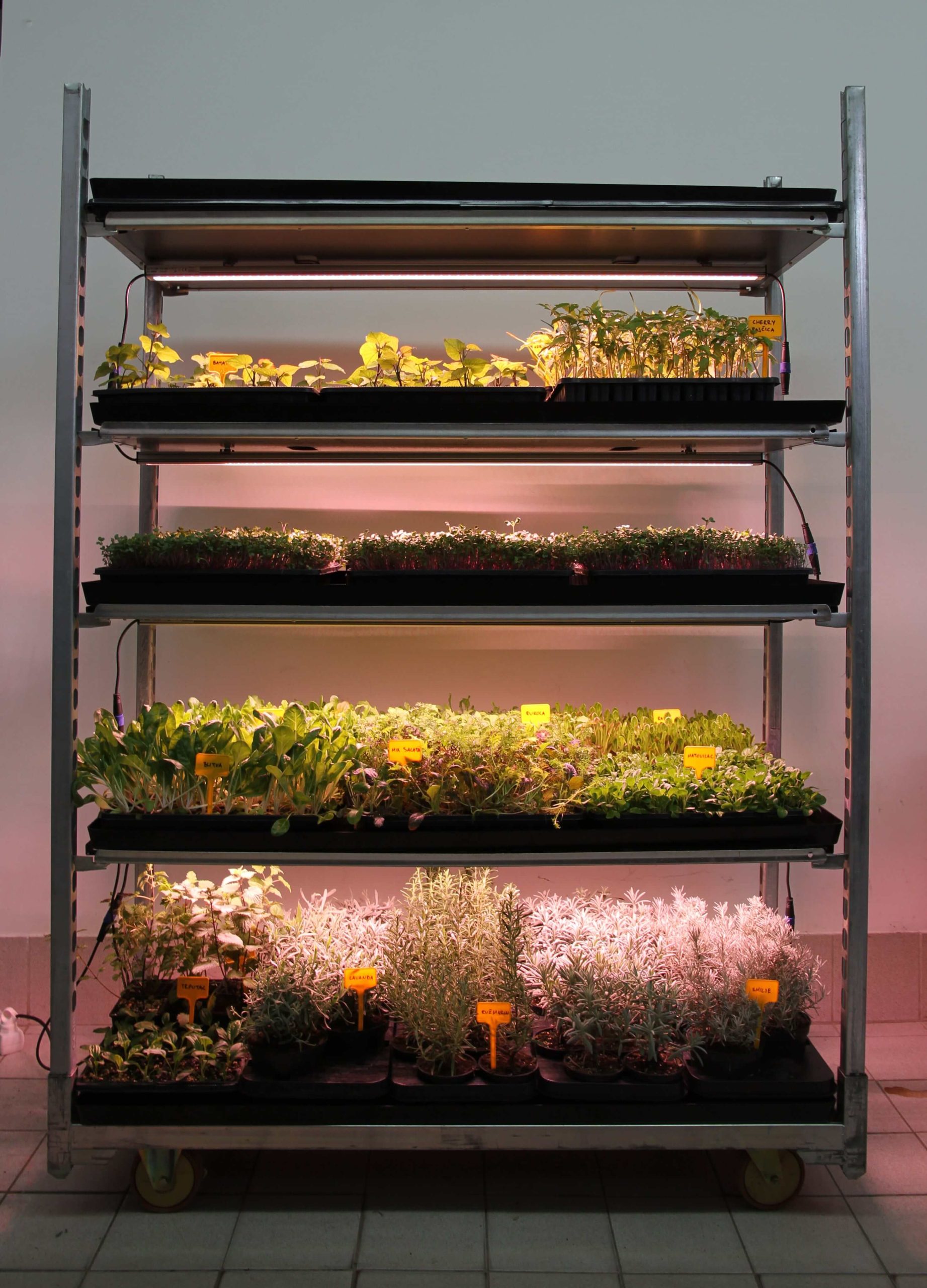
© Vesela Motika
The biggest problem in agriculture – financial and information literacy
Talking to farmers, Sergei realized that they do not know how to calculate the price difference because they do not record costs, do not manage stocks, and do not count their time.
“Because of all this, overkill happens, burning outs, product quality drops, or they start behaving opportunistically and then reselling. Then you are the same thing you are fighting against,” says Sergej, who comes from the field of business analytics. He used to run the Big Data Lab for five years, was among the first 4 employees at SAP Croatia, and had an Internet video company in 2005 (yes, before YouTube).
“If you buy 10kg of tomatoes and sell them, that is around 70 HRK. If you make salsa from those 10 kgs, you might get 120 HRK. But if you bring a person to the farm, to pick a tomato himself, teach him how to make that salsa and take it home, give him accommodation on the farm, you get, for the same 10 kg of tomatoes, 350 HRK (including an overnight stay, meal, etc.),” says Sergej.
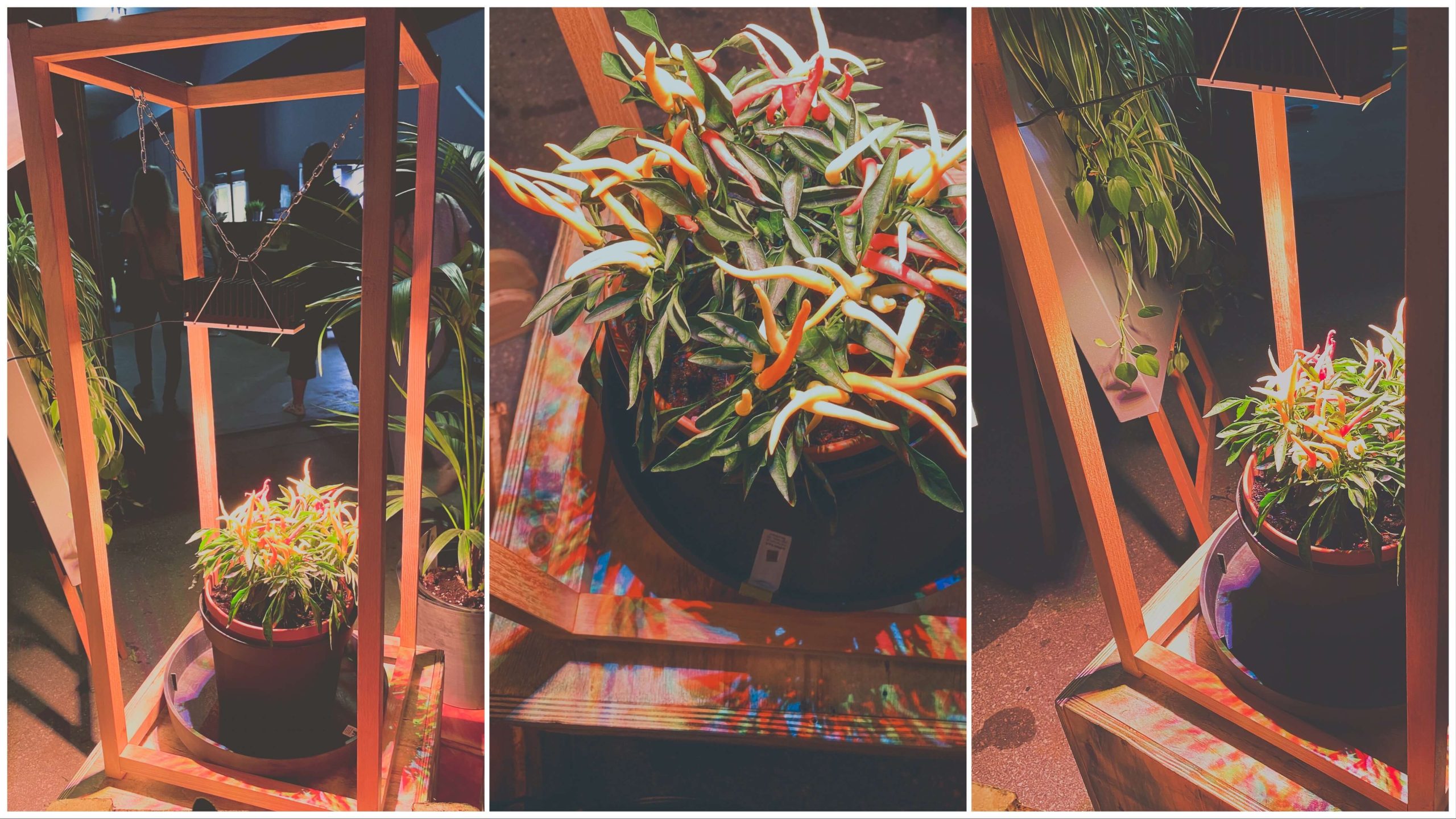
© Vesela Motika
YouTube for food
As an active member of the underground electronic music scene and being a DJ for 20 years, Sergej has run nightclubs and organized over 1,000 events. He realized that this underground independent scene culture could be applied to independent food culture. That’s why he prefers to call it independent rather than craft.
Sergej’s is finishing his Ph.D. in information behavior in which he quantified patterns of behavior of people searching for music in the domain of machine learning. The first paper was published in 2005 about what other industries can learn from the music industry. “Because we went from records to making all the music free. Then I asked a hypothetical question, what would YouTube for food look like?”
Just as we have free music on YouTube, so we could have free food. It seemed impossible at first, but after research, he realized that 50% of food is thrown away. “If they had a good information system, everyone would have free food,” Sergej concludes.
He made a comparison and said that Google is worth a trillion, now; let’s imagine someone investing a trillion in an information system to give food to those who don’t have from those who have a surplus. But of course, he is aware that legislation would try to prevent this. “We worked on an information system for the Red Cross store in Zagreb, which distributes food free of charge, and they were acquainted with the strict legal regulations.”
Sergej believes that these ways can always be regulated – if someone wants to give his surplus, he sees no obstacle for others to accept it.
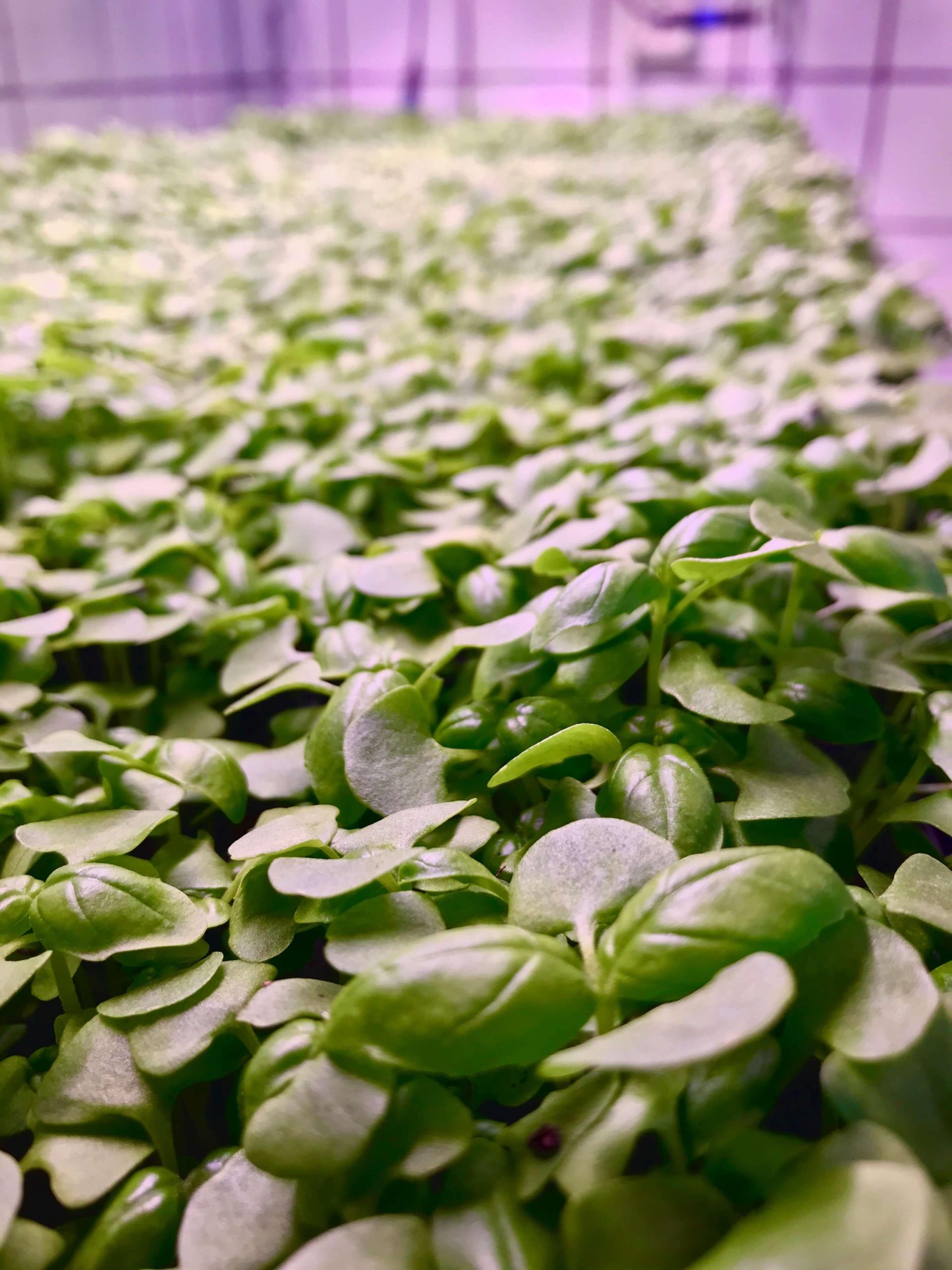
© Vesela Motika
Contra concept – big no to “from the field to the table”
If there are one table and four suppliers trying to be as close to that table as possible, when a customer decides what to buy, he will only take 1 and 3 stays where? But if we look from the “from table to farm” aspect, Sergej, as an information scientist, follows the information: your refrigerator and your desk know how much food you need. If that data could be captured, we can have a lot less food waste, a much clearer information picture of what’s going on. Another premise is that food must be produced as close as possible to where it is consumed because too much money is spent on distribution, cold chains, etc. The impact is not only about eating quality, not polluting the Earth with transport, but also having a therapeutic effect.
His colleague Bojan grew a lot of things near Popovaca. They concluded that the energy they spend on artificial lighting in Zagreb on the indoor farm is equal to when Bojan goes to Popovaca 7 and a half times a month. “And we can grow one ton in Zagreb, which is 12 tons a year,” says Sergej.
Cognition is a process, don’t hurry it
Sergej doesn’t worry if something doesn’t happen tomorrow; he realizes that everything will come on its own. He teaches his students that if they plant a salad, they will eat it in 30 days. If they plant an olive, they will eat it in 7 years, but they will eat it for 700 years. “I wrote something in my MBA in 1999 that I am doing today. The conclusion was whether the refrigerator would become a competitor to Tesco because the refrigerator has information on how much you eat,” says Sergej.
They are working on some projects that are still in the early stage of development but are already talking to the people working on the buildings’ projects. If a building, a socio-technological system, is built together with a biosystem, there can be a farm in the basement. The lamps’ heat goes up, heats the building, and the people who live in that building have fresh vegetables on hand. Besides, each building would have one agronomist.
Furthermore, they created an app that has four functions: it is a multivendor (combines transit warehouse for multiple suppliers, logistics, route planning), transaction system (immediately issues invoices, delivery notes – when you click “buy,” 12 documents are created automatically), finance management and has a farm and inventory self-management module. They have developed very demanding software that requires a larger volume of sales to make it cost-effective. “Friend, who runs a farm and make one of the best cheese in Croatia, told me that I have a Jaguar in the garage; there will come a time when I will park it in front.”
As much as the corona crisis gave them time to build an even stronger story, it still brought them to their knees in some things. “And that’s okay. Because looking at physics, everything that sinks has a repressive force, as well,” concludes Sergej.
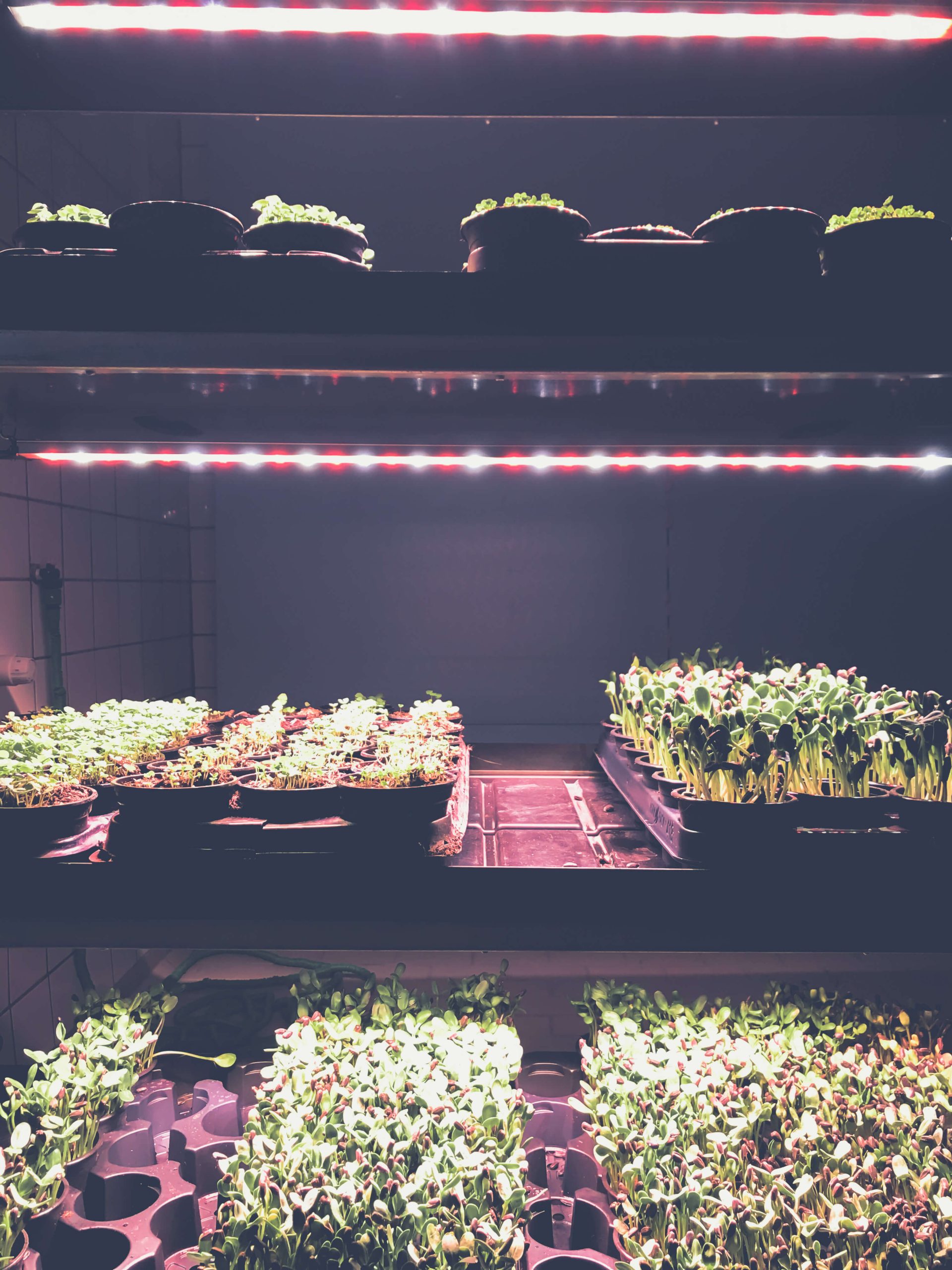
© Vesela Motika
For the latest travel info, bookmark our main travel info article, which is updated daily.
Read the Croatian Travel Update in your language – now available in 24 languages.
Join the Total Croatia Travel INFO Viber community.

